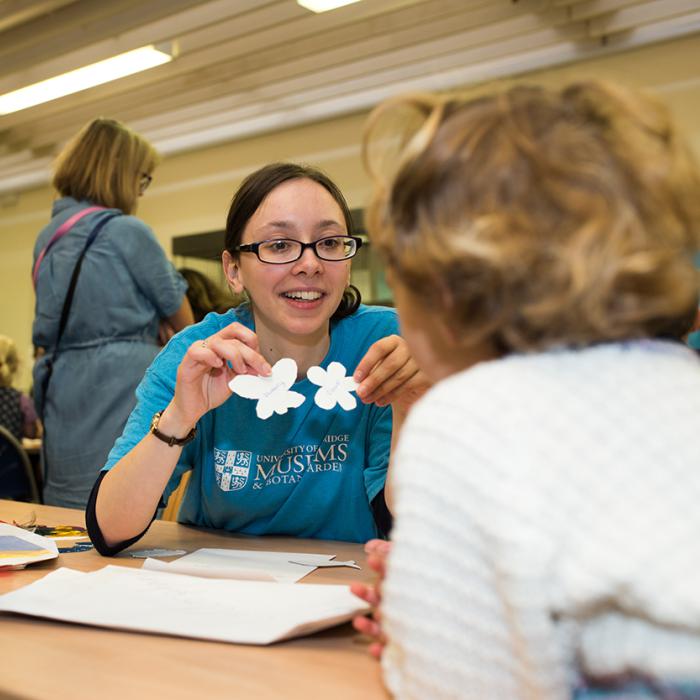Join us for our wellbeing and making workshops at the Polar Museum! Meet and Make at the Museum sessions are all about giving you a supportive and social space to be creative. Making new crafts, making space for yourself, and making new connections. A chance for you to explore working with different materials and learn new skills with others.
Spanning almost 400 years, this display of prints and drawings explores some of the ways artists have responded to political violence and social injustice. Drawn from collections at the Fitzwilliam Museum and the Museum of Archaeology and Anthropology, the display surveys different forms of witnessing: works by artists who had direct experience of horrors, or who grew up in the shadow of terrible events; those who were commissioned to give visual form to the words of others, and those who assimilate in their work the trauma of distant ordeals.
Jane Joseph is a painter and printmaker, whose etchings to accompany Primo Levi's 'If This is a Man' feature in 'Bearing Witness?'. Join this in-conversation talk to find out more about how the commission came about and her practice at large.
Join artist Marcelle Hanselaar to find out more about her practice: namely the fierce and sometimes troubled cohabitation with those raw desires, secret fantasies, uncultivated instincts and our functioning in a civil society.
Travelling through the seasons we will explore the history, folklore and culture of three wild plants in bloom (or at least in foliage!) that month. The session will encourage you to search out plants in all seasons and enjoy the history in folklore and culture, and their use for medicines, cooking as well as the many and varied traditional names which help us trace that history.
For anyone new to gardening it can be a minefield navigating your way through all the information available to anyone new to gardening. On this short course aimed at complete novices, Ross and Sally will share their knowledge and experience to help you unravel this information and take you through some basic principles to help you ease your way into the wonderful world of gardening.
The course in orchid cultivation and propagation aims at giving the fundamentals about this incredibly interesting and diverse plant family. This is for anyone who has a passion for orchids or has just received an orchid as a present and wants to take care of it the best way. There will be a presentation to explore the botanical diversity of orchids, their importance through history in different cultures and science.
In this one day course, we’ll learn a bit about what composition is, why it matters in botanical illustration, and cover useful hints on how to make a composition work. After a look around the gardens considering what makes the shape of a plant appeal visually, we’ll complete a few exercises and learn how to use thumbnails (or re-arrange parts of your illustration) until you’re satisfied with the way the piece looks. There’ll be a demo showing how quick and easy thumbnails can be to produce, and we’ll touch on negative space.
Travelling through the seasons we will explore the history, folklore and culture of three wild plants in bloom (or at least in foliage!) that month. The session will encourage you to search out plants in all seasons and enjoy the history in folklore and culture, and their use for medicines, cooking as well as the many and varied traditional names which help us trace that history.
This pruning roses workshop will cover the theory and practices of pruning shrub, climbing, and rambling roses. The workshop will discuss several pruning scenarios including when and how to prune. It will cover the different tools, techniques and principles used in maintenance and renovative pruning. We will also address aftercare needs including how to correctly deadhead roses and identify common pests and diseases. The attendees will have an opportunity to put their newly learned knowledge and skills into practice under guidance, by having a go at pruning roses in our Rose Garden.

